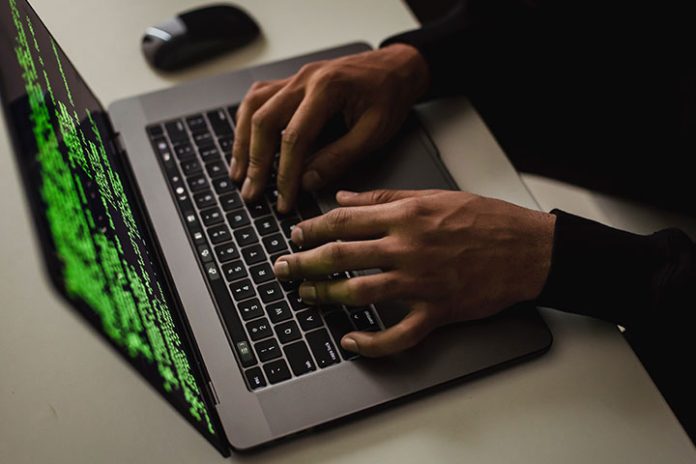Malware has many faces, and that is that malicious programs reproduce on computers in different ways. Malicious software on computer systems should always be avoided, whether it is a virus, spyware or Trojan horse. We tell you what to do if your computer gets infected.
How to recognize being infected by malware?
Usually, the use of malware is determined by an objective: spy on data and take advantage of it, sabotage specific computer systems or control other people’s computers and use them for particular purposes. Thus, the malware tries to go unnoticed to be able to use the invaded computer for as long as possible. However, specific symptoms can be identified to know if a computer has been the victim of malicious software:
- The computer shuts down spontaneously, cannot be turned on again, or the system suddenly crashes. Related Malware: Viruses, Worms, or Ransomware.
- The computer is running slower than usual (due to an increase in processor load). Related Malware: Spyware or Trojans.
- Internet speed is slower than usual (due to high data traffic). Related Malware: Spyware, Adware, or Trojans.
- Increases the frequency with which unwanted Internet content appears, such as pop-up windows, automatic forwarding to specific Internet addresses or sudden access to a new web page, search engine or new browser toolbars. Related malware: adware.
- Programs suddenly uninstall or crash. Some harmful elements can even turn off antivirus programs and firewalls, which indicates that the system has been infected with malware. Related Malware: Viruses and Worms.
- Unwanted programs are installed, and some open by themselves. Related Malware: Viruses, Worms, and Adware.
- Intervention from the computer, due, for example, to the presence of new files or folders, because the mouse pointer is being controlled, because emails or messages are sent on social networks on your behalf without any intervention. Related Malware: Trojans and Backdoors.
How can malware be removed?
If you believe your computer is infected, you must take the necessary measures quickly. If extensive damage still needs to be done, it is often possible to remove the malware. The basic procedure in case of suspicion of having been infected with malware is:
- Turn off the device
- Through another device, you search the Internet for information about the problem. Alternatively, you can boot the (presumably) infected device in safe mode with network access and use it to investigate.
- Update security software and perform a deep system inspection.
- Remove the found malware.
- Download additional anti-malware tools or emergency systems to remove the most resistant malware.
- Reboot the device as soon as you have removed the malware. If security tools keep reporting malware or if it’s impossible to remove it from your system, consider reinstalling it.
Also Read: What Is An Exploit?
Remove malware from computers using antivirus programs
If you suspect that malware has taken over your computer, follow these steps:
- Turn off the infected device and use another computer or smartphone to obtain information about the malware.
- Start the computer in safe mode (in it, malicious software will not load). If you have Windows as your operating system, press the F8 key and wait until you can log in. Choose the “Safe Mode with Networking” option in the boot menu.
- Update the antivirus program and inspect the entire system. Keep in mind that security programs can only recognize and remove known malware. However, there is malware that can hide from these specialized programs.
- In addition to the antivirus already used, it is advisable to rescan the computer with more specific anti-malware software. In this regard, a wide variety of free programs and trial versions for paid software are specialized in removing existing malware. Among them are, for example:
- Malwarebytes Anti-Malware
- SUPERAntiSpyware Free Edition
- Microsoft safety scanner
- ESET
- Bitdefender QuickScan
- AdwCleaner
Some antivirus programs offer different scanning options. A quick scan takes about 20 minutes, while a full scan can take over an hour. At the end of the process, the malicious software can be removed, and after restarting the computer, the program shows that the computer is fully protected.
Remove malware from the computer through emergency systems or formatting
A somewhat more laborious variant, but which generates good results, is the use of emergency software, such as:
- Kaspersky Rescue Disk
- Avast Malware Scan and Removal Tool
- KNOPPIX
To proceed with these emergency systems:
- Download the program or the ISO
- Create a bootable media with the ISO
- Boot the infected computer from the bootable ISO
- Automatically checks the emergency system, which removes any malware found.
In case the computer continues to have problems (caused by the action of the malware), you have two options: either you turn to an expert in the hope that they can solve the situation, or you take care of the problem yourself, for which it will be necessary store personal files, format all hard drives on the computer, and reinstall the operating system.
After reinstalling the system after removing a malicious program from your computer, it is essential to remember the importance of preventive measures against this type of software.
Also Read: What Is Sandboxing, And How Does It Protect You Against Malware?

